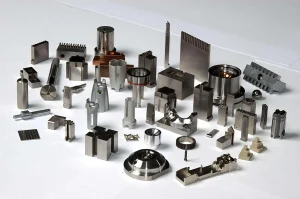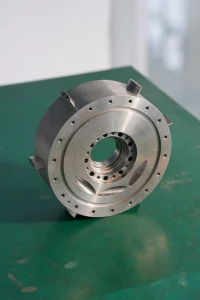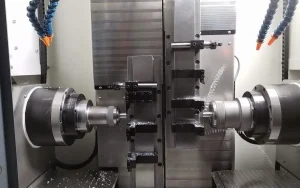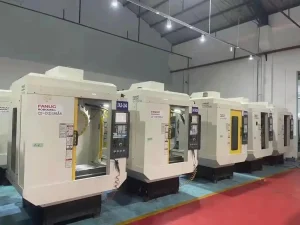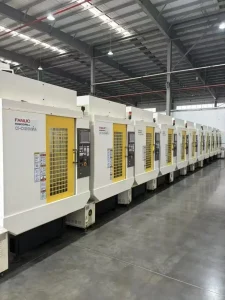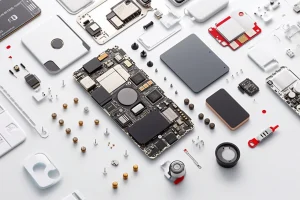Sheet metal processing is a process of processing metal sheets into the required shape and size through a series of process means. It occupies an important position in the manufacturing industry and is widely used in the fields of automobiles, electronics, aerospace, furniture, etc. In this article, we will introduce several commonly used sheet metal processing technologies in detail.
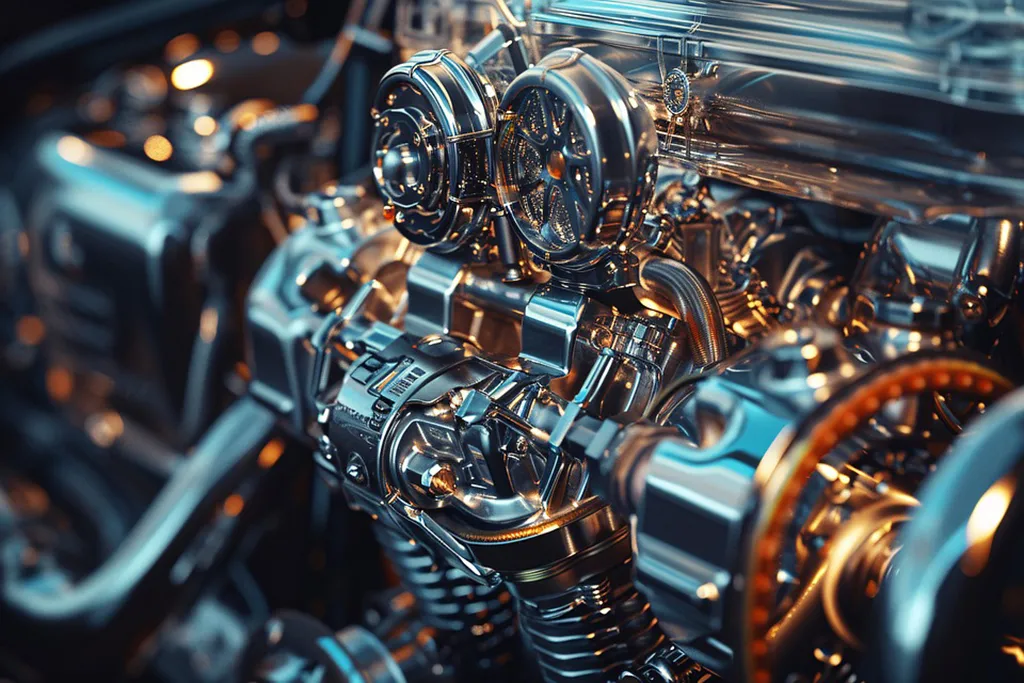
一. Cutting process
1. Laser cutting: using high-energy laser beams to achieve fast and accurate cutting of metal sheets, especially suitable for complex shapes and high-precision parts.
2. CNC punch cutting: through programming control, punching and cutting are completed efficiently and accurately, suitable for mass production.
二. Flanging (hole drawing) process
Flanging, also known as hole drawing, is a process on stamping equipment that uses a mold to plastically deform the metal sheet to form a round hole edge flipped up, which is used to enhance the connection strength and aesthetics of parts.
三. Riveting process
Riveting process is to rivet fasteners to metal sheets without welding, and the connection is firm. It is often used in the manufacture of precision parts in the fields of electronics, aerospace, etc.
四. Bending process
As for bending, it uses a bending machine and a mold to bend the metal sheet at a predetermined angle, which is suitable for manufacturing parts with curved structures, such as automobile bodies, electronic housings, etc.
五. Welding process
Welding is a process of connecting two or more metal parts together by melting, pressurizing, etc. Common welding methods include shielded welding, argon arc welding, electric welding, etc. The welding process has the advantages of high connection strength and good sealing, and is widely used in the manufacture of structural parts in industries such as automobiles and ships.
六. Surface treatment process
The surface treatment process is to enhance the corrosion resistance and wear resistance of metal parts and improve their aesthetics. The methods include phosphating film powder spraying, electroplating color zinc and baking paint.
七. Assembly process
According to design requirements, multiple parts or components are combined into a complete product. Including inspection, pre-assembly, precise positioning, firm tightening and comprehensive debugging of parts. Only after accurate and correct assembly can the performance and quality of the product be effectively guaranteed.
In summary, the commonly used sheet metal processing processes include cutting, flanging, riveting, bending, welding, surface treatment and assembly. These processes play an important role in the manufacturing industry and provide strong support for the manufacture of various metal parts.

